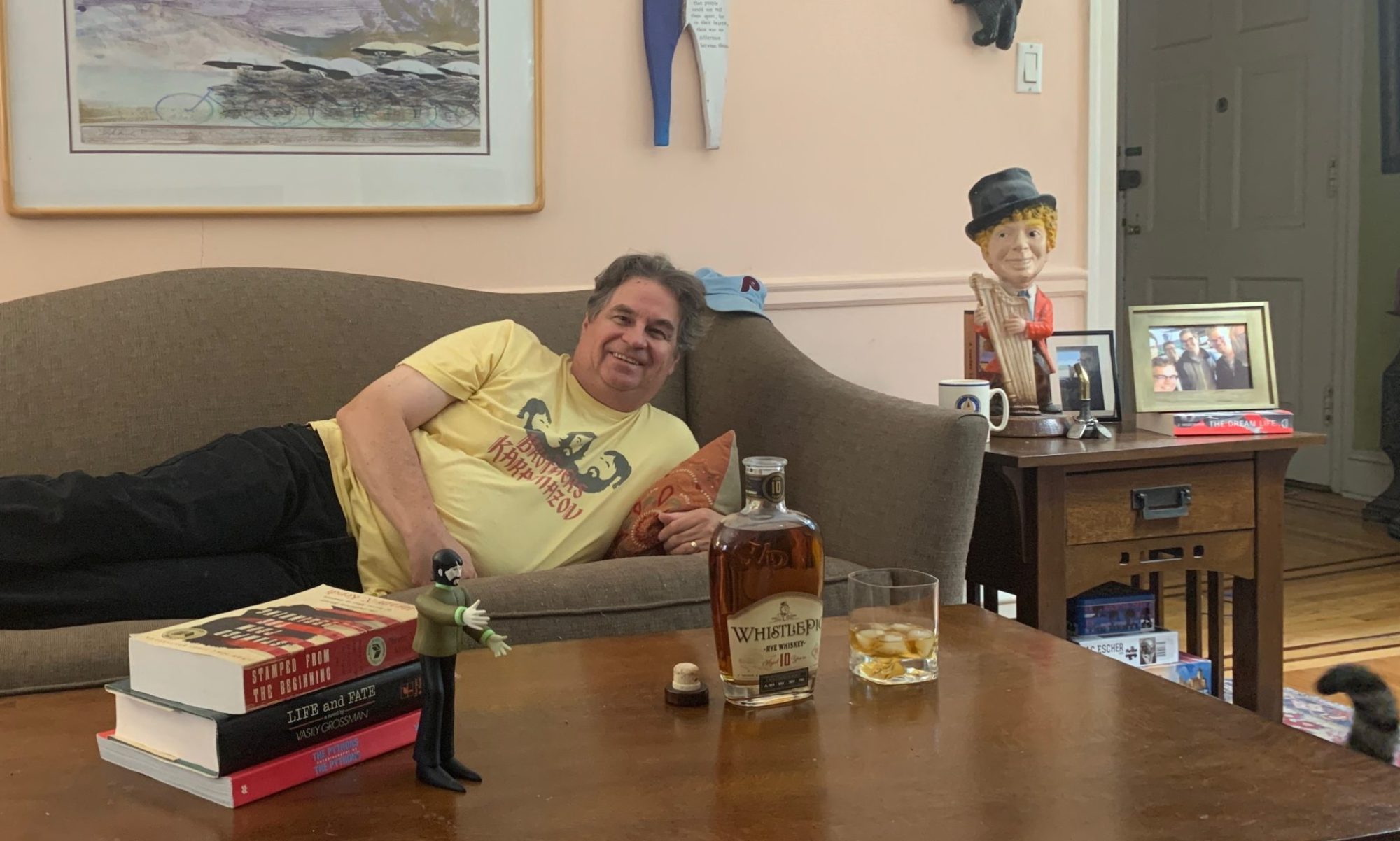It is inevitable that the end of a year will bring reflection. The turning of the calendar all but requires that we look back on the year that’s past to remember the key events, the best music, TV shows and movies, and the famous who have passed away. The internet is awash with such lists, so it is somewhat presumptive to make my own. Yet, I feel called to do so, with a focus on positive stories, putting my own inimitable spin on events we know well, and highlighting a few that might have fallen through the cracks.
- Workers got a taste of working at home and there is no going back. This started as an emergency measure in 2020, but it became clear this year that at home work is here to stay, whether companies like it or not. Employees are going to demand this flexibility. It will be a factor in recruiting that companies cannot ignore if they want to attract top talent.
- Europe generated more energy from renewable resources than from fossil fuels in 2021. Even if you ignore questions of climate change, this translates to a better use of global resources, less reliance on imported energy and better air to breathe and water to drink, making this a healthier planet to live on. Hopefully the rest of the world follows suit.
- Medical science came through with a COVID vaccine. We have to remember that initial estimates for a vaccine were a minimum of 1 to 2 years, yet this was basically done in 8 months. Put aside the political debates. This confirms that when we focus our resources, whether for financial gain or otherwise, we can achieve great things. Dwarfed by this accomplishment, yet maybe in the long term even more significant, is the fact that researchers also developed a vaccine for malaria, a devastating disease for much of the world. Both are reminders of human potential properly directed.
- On-line social networking has come in for harsh criticism, much of it deserved, so it is worth noting that in less than a week the WallStreetBets subreddit raised $350,000 to “adopt” 3,500 endangered mountain gorillas through the Dian Fossey Gorilla Fund. It started when a user posted that he had adopted a gorilla, and exploded from there. Obviously, this is not earth-shaking news, but it is nice to get a reminder that media can be used positively.

- Our democracy held. When protestors stormed the Capital on January 6 there was a real question about what would follow. Would there be similar uprisings throughout the country? Would the military intervene, one way or the other? Would there be a unilateral rejection of certified election results? These things did not happen. Instead, the rule of law prevailed. Questions on election validity played themselves out in courtrooms, where they belonged. We had a peaceful, if tense, transfer of power three weeks later.
- Derek Chauvin is convicted in the death of George Floyd. There is no doubt that police have a difficult job, or that they can make honest mistakes in times of stress. But there must be a limit. Killing a prone suspect by kneeling on their neck for nine minutes has to be unacceptable. If it is not, the police have no accountability, no matter what they do. The conviction of Chauvin recognized that limits exist, and they can be enforced.
- Juneteenth is declared a federal holiday. Like many government actions, this is purely symbolic. It doesn’t erase the history of slavery, or its vestiges. However, the end of slavery is a milestone. A turning point in our quest to live up to a cornerstone of this country’s founding premises, which is that all people are created equal. We know that we have not always lived up to that standard, but recognizing the removal of its major antithesis is a step in the right direction.
- The African Continental Free Trade Agreement went into effect. It is incredibly easy to forget Africa. News from this huge continent tends to be the last reported on, unless it is something awful. We too often come away with a sense that Africa is lost, with a bleak past and a bleaker future. This Free Trade Agreement won’t change that impression overnight, but should enhance the competitiveness of member states within Africa and in the global market. That should lead to a more balanced world in which the exploitation of poorer countries is more difficult. I think that’s good for all of us.
- The withdrawal of US forces from Afghanistan. It seems odd to list this as a positive development, since our withdrawal resulted in the return of the Taliban. However, as I have argued previously, the withdrawal was inevitable, as was the aftermath. We were never able to instill democratic ideals into the Afghan people, and probably could have stayed another 50 years without doing so. At some point we had to pull the plug.
- 2021 was not 2020. I know, this may be faint praise, but it is worth noting. For much of 2021 it seemed that we were turning the corner on the COVID pandemic. This meant a return to travel, at least domestically, the reopening of arts venues, and a sense that the world could be explored beyond the four walls of our homes. It also helped that we were not going through a Presidential election. Even with the current surge, it is much easier to look forward with some sense of optimism than it was a year ago. Hopefully, next year’s list will end with an entry saying that 2022 was not 2021!!!








































































